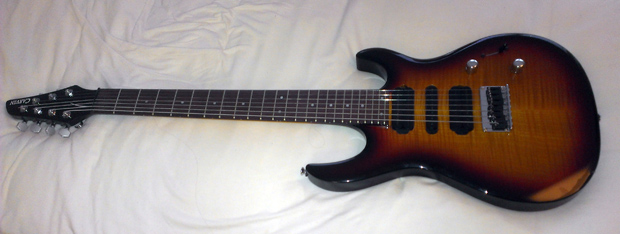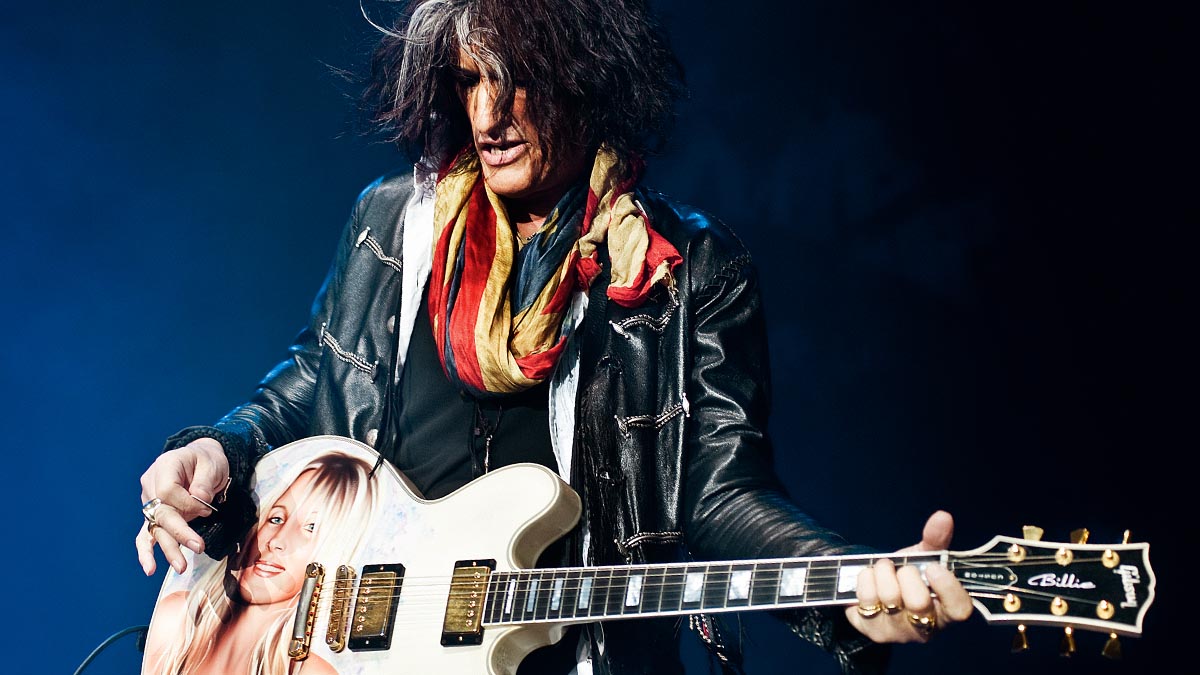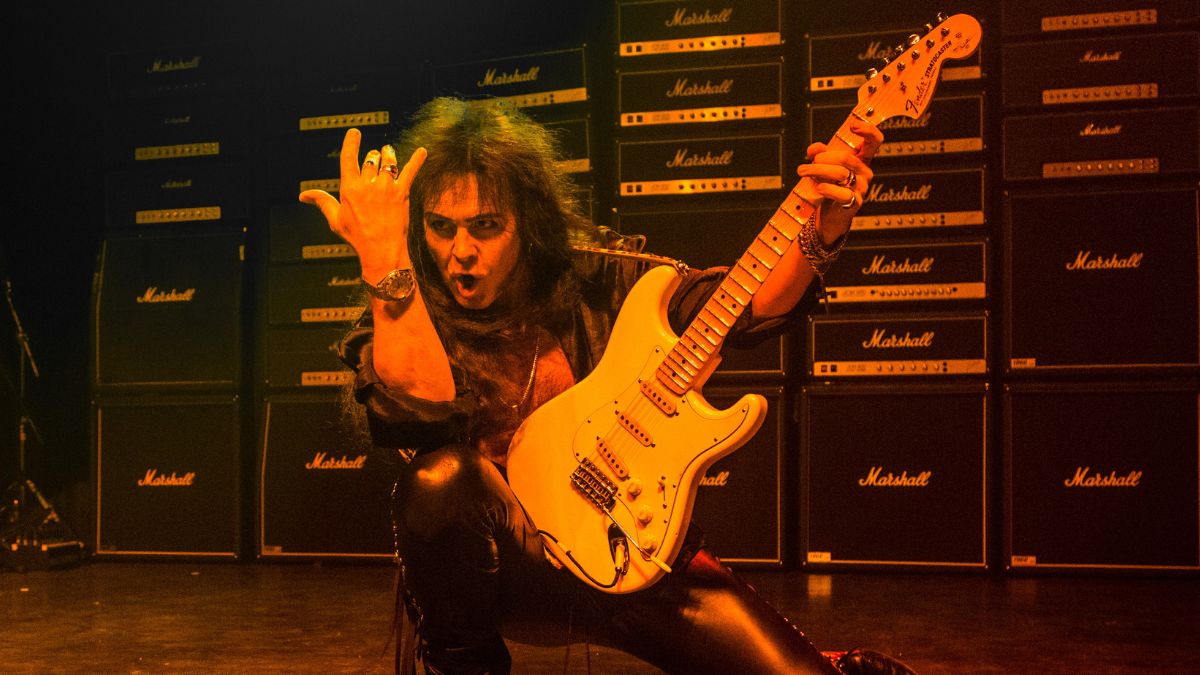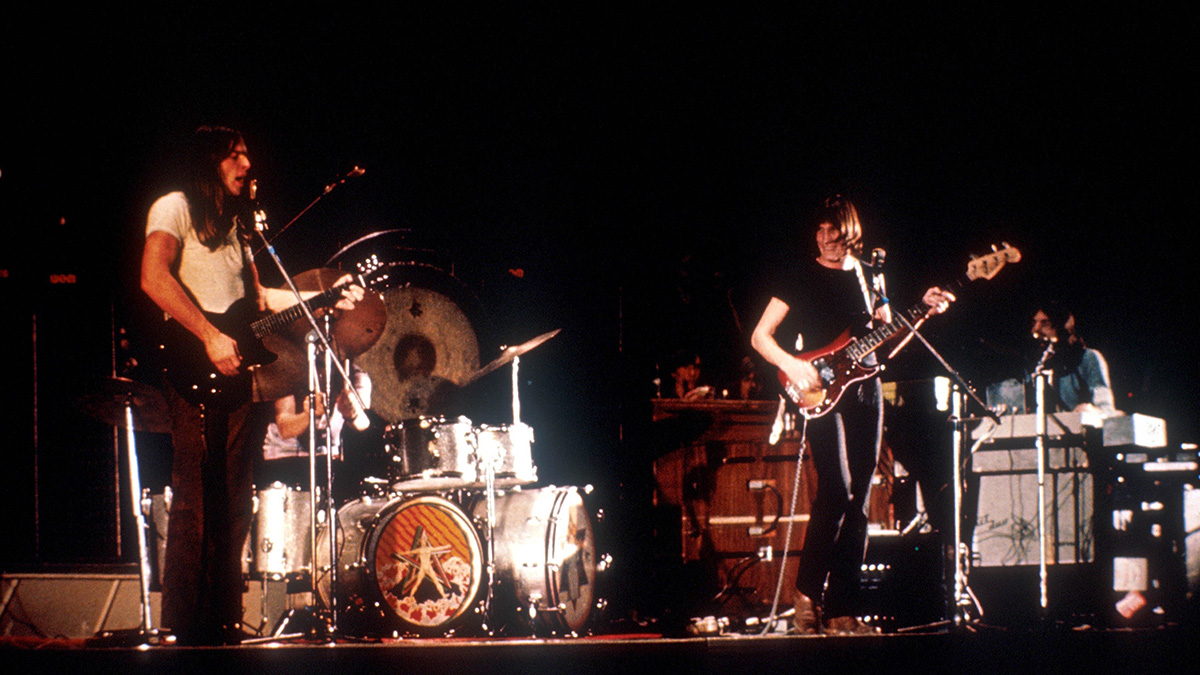Knowing When and How to Transform Your Tone

This column is for “chameleon” guitarists, those who play in a variety of bands in different genres.
In New York City, it's not uncommon to meet a guitarist after a metal show who's been shedding his jazz chops (Jazz and metal have a lot more in common than you might think; just ask Animals As Leaders) and playing down the street at a "singer-songwriter night" later that week.
There are people who can fit into a wide variety of genres, and it's not just the licks or music-theory knowledge or clothing that gets them the gig, but the tones as well. I'm not saying you can't bring your Kramer to a country gig; just know how to make it sound twangy.
THE GUITAR: It's good to start with an easily manipulated guitar like a Strat or Les Paul, but it's not necessary. The fewer pedals you require to change your tone, the easier your life will be on a crowded stage. Strats with single coils are harder to manipulate because of the 60-cycle hum, so I'd suggest equipping your Strat with some Fender Hot-Noiseless pickups. They look the same and sound fantastic. Also the hum from single coils greatly limits your ability to go from genre to genre; any time distortion is needed, the humming will be unbearable.
THE AMP: You're going to want an honest amp with a clear, clean tone and a nice distorted tone. This is why Marshalls are a staple amp. Jeff Beck, Slash and Zakk Wylde have little in common as players (besides being great) but they all use Marshall. While this isn't an endorsement, a good amp lets the player be his- or herself. I find that the more presets and modeling there is on the amp, the less likely I'll be happy with the tone.
THE PEDALS: Here's where things get tricky. With high-output pickups, it's harder to get a subtle, crunchy overdriven tone; with low-output pickups, a high gain tone is a chore to achieve without losing dynamics. Take a second to find out how your pickups react to basic aggressive pedals (overdrive, distortion and fuzz) and plan accordingly. For example, I have a VFE “The Scream” overdrive pedal. With my Strat, it's a thick, ballsy overdrive that is seriously dynamic. With my Schecter seven-string, it's basically a full-on distortion pedal. Take the time to experiment with your gear. There are a lot of pedals out there, and it's worth it to get to know them. I got weird looks walking into a metal rehearsal with a Strat, but with my fuzz pedal (Fiery Red Horse — look it up), I fit right in.
BUT THAT'S TOO MUCH GEAR: Fine. If it's too much to carry around, consider using your computer. Digital modeling is getting better and better. A lot of people swear by tube amps vs. solid state, or amps vs. modeling, and it's best not to give the argument too much importance. Try out Guitar Rig 5 through a PA at your rehearsal space or through good speakers. It sounds amazing. While still not quite like an amp, it gets the job done in so many settings. Nothing feels like cranking an amp and using your pedals, but if the PA is nice and you don't plan on fussing with your volume knob, it can be a decent and much lighter alternative.
Get The Pick Newsletter
All the latest guitar news, interviews, lessons, reviews, deals and more, direct to your inbox!
Feel free to leave questions below or reach out to me on YouTube here.
Elliott Klein is a New York City-based guitarist/singer/songwriter who plays in Bright and Loud, Party Lights and many more.
"Upgrading from your entry-level acoustic opens the door to an entirely new world of tonewoods, body shapes, and brands": 6 signs it's time to upgrade from your first acoustic guitar
"I'm past my prime": 5 common excuses for not learning the guitar – and 5 body and mind-boosting reasons you should









